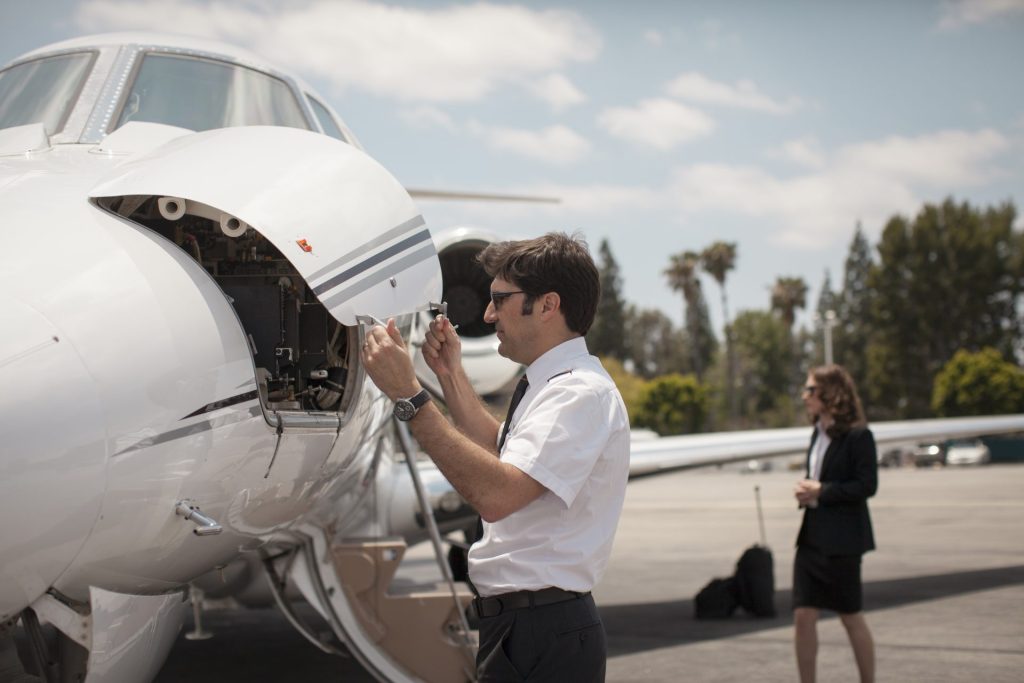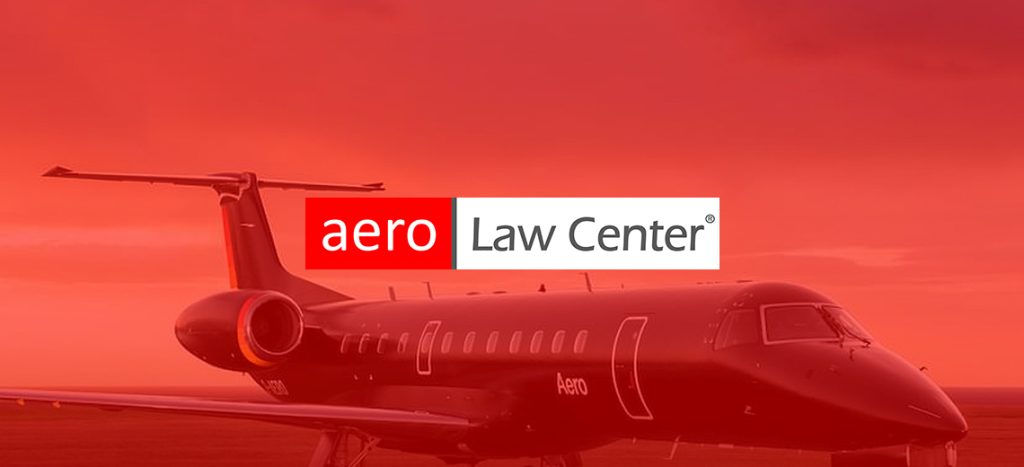Different sets of regulations are in place for aviation business operators depending on their business type. Part 121 covers all scheduled passenger and cargo services with more than 20 seats and a maximum capacity of more than 6,000 pounds. This regulation applies to all commercial airlines operating in the United States.
Part 121 dictates how often an aircraft should have maintenance performed and the qualifications regarding its aircraft pilots. It’s a stricter provision as commercial airlines carry passengers for profit, and extra precautions are taken to meet high safety standards to protect the lives of everyone on board.
What Management Positions Are Required for Part 121?
To obtain a part 121 certification through the Federal Aviation Administration (FAA), the airlines must hire and assign qualified management personnel to specific positions to ensure the highest degree of safety, including:
- Director of Safety
- Director of Operations
- Chief Pilot
- Director of Maintenance
- Chief Inspector
According to the Code of Federal Regulations, these individuals must be qualified through training, experience, and expertise with a strong understanding of aviation standards, operating practices, FAA rules and regulations, maintenance schedules, and airworthiness requirements.
What is FAA Part 91 in Contrast with Part 121?
Part 91 covers all unscheduled flight services and is a certificate used for personal or recreational use of airplanes. Part 121 covers all scheduled passenger and cargo services. The regulations differ from part 121 and other certifications in that they are more lenient, given that the aircraft is not used for commercial use.
As part 121 carriers do more flying than other air carriers, in particular, planes under part 91, the FAA limits how much flying a pilot can safely perform without a rest period. Part 121 imposes minimum rest requirements for pilots and crew members, while there is no requirement for part 91.
Safety is the goal of any Federal Aviation Regulation (FAR), whether part 91 or part 121, though the difference is the type of business conducted.
What’s Better About Part 121?
An airline compliant with part 121 can fly to any destination, free of the restrictions placed on general aircraft operators under part 91. Operators that fly under part 121, given the business use, also have the luxury of better insurance and protection for their passengers. The same insurance is not required of operators under part 91; the people on board are not as well protected in the event of an unexpected accident.
Overall, airlines under part 121 must comply with and meet stricter quality standards to ensure a high level of safety. The mandates help accomplish this as the FAA more closely monitors operators under 121 provisions as they have to submit schedules for approval and follow maintenance protocols and procedures.
Questions about how to conduct your aviation business—and which specification to choose—are something our aviation lawyers can simplify for your business. Schedule a consultation to get started: 954-869-8950.

 CALL US NOW
CALL US NOW






